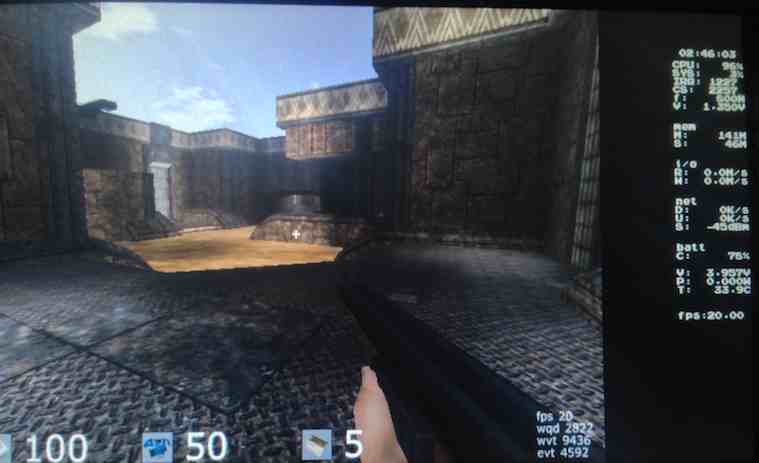Linux-SWAT
Forum Addict!
- Joined
- Feb 13, 2010
- Messages
- 9,286
May i ask for a change in the Slackware detection for the next release ?
ktsuss uses 50% cpu, i checked the package maintenance for an update, and it's now removed and marked as broken which sounds good to me.
So can you change the
ktsuss -m "$MSG" ./liveinfo
into
gksu ./liveinfo
please ?
Sorry for the inconvenience :/
ktsuss uses 50% cpu, i checked the package maintenance for an update, and it's now removed and marked as broken which sounds good to me.
So can you change the
ktsuss -m "$MSG" ./liveinfo
into
gksu ./liveinfo
please ?
Sorry for the inconvenience :/


